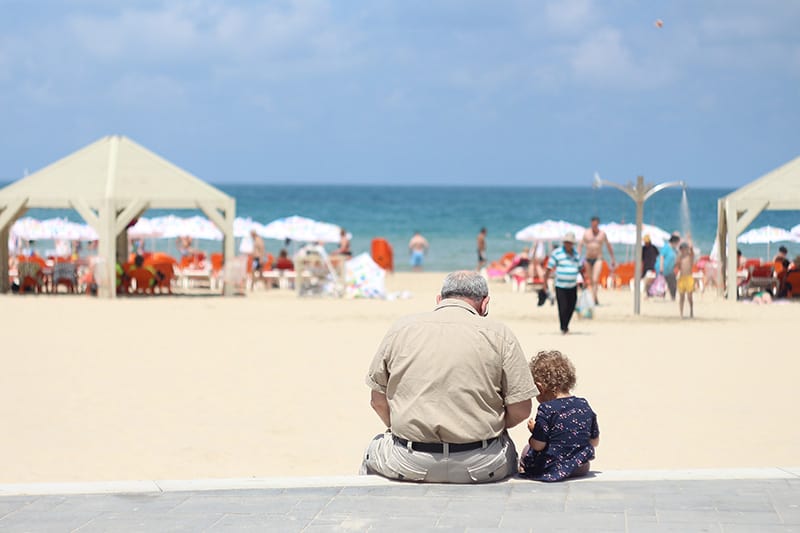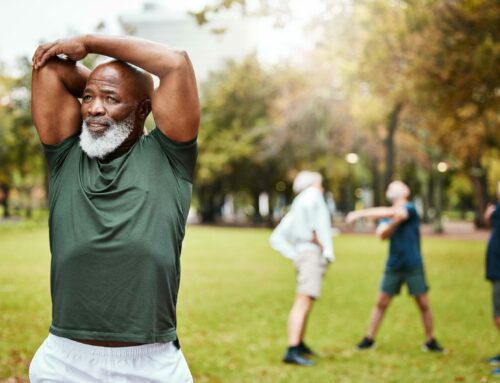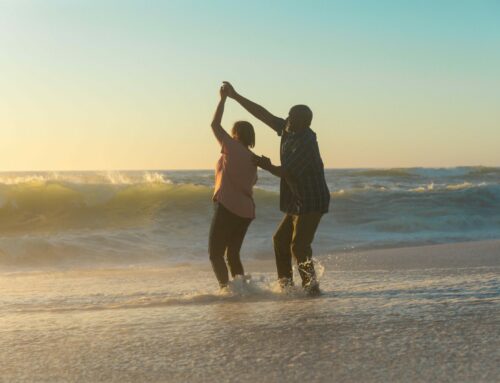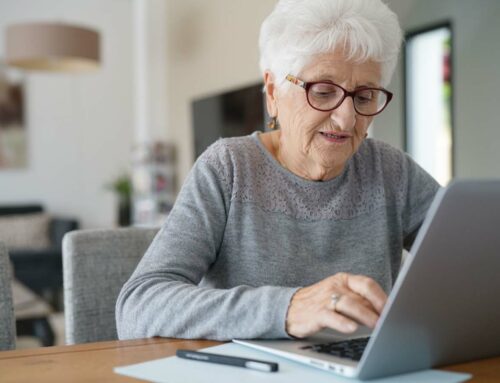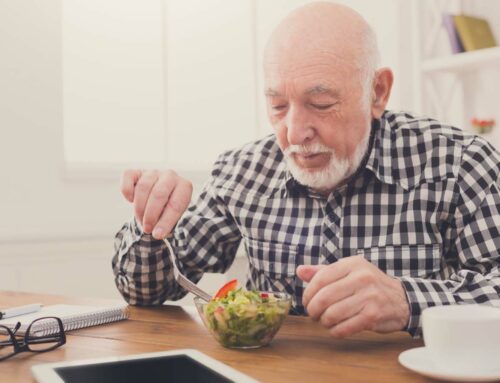As we move into the hottest part of summer, it’s important to remember to practice sun safety. We often hear to stay hydrated, cool off when possible, and replace electrolytes when outdoors for long periods of time to avoid heat exhaustion. However, we may not hear much more than “wear sunscreen” when it comes to skin safety.
For older adults, it’s especially important to protect the skin from harmful UV rays that cause painful sunburns and skin cancer. Senior citizens make up more than 60 percent of melanoma deaths.
Learning about skin cancer and how to detect it may seem overwhelming, but taking a few minutes each month to examine yourself and a few minutes each day to apply sunscreen can make a life-saving difference. With diligent preparation, you can continue to have fun in the sun with family and friends.
Educate yourself on skin cancer warning signs
There are many resources available online, like PubMed, where you can find reliable information about the different types of skin cancer and how to identify the signs for each. The CDCis also a great resource.
Learn the “ABCDEs”
The ABCDEs refers to identifying melanoma, which usually looks like a mole on the skin at first. You can rule out cancer by checking for:
- Asymmetry: Melanomas are not typically asymmetrical.
- Border: Benign moles typically have a smooth, even border. Melanomas often have uneven edges.
- Color: Moles should be a single shade, which is usually brown. A mole with a variety of colors is more likely to be a melanoma.
- Diameter: Melanomas can be small when first detected, but they are often larger in diameter than a pencil eraser while benign moles tend to be smaller.
- Evolving: A benign mole will maintain its appearance over time. If a mole begins to change in any way (color, size, shape), it’s time to speak with your doctor.
Be sure to check these regularly. Upon examination, if a mole has any or all of these symptoms, you should contact your doctor right away.
Know When to Be Extra Cautious
According to the American Academy of Dermatology, the sun’s rays are most powerful between 10 am and 4 pm. This means that skin-damaging UV rays, which penetrate the skin’s thickest layer, are at their strongest as well. During these hours, either stay indoors or take special precautions to apply sunscreen regularly, wear wide-brimmed hats, and UV-protectant clothing and sunglasses, and stick to shady areas when possible.
Monitor Your Skin for Sunburns
Sunscreen is often touted as the number one protector against skin cancer. However, its effectiveness will vary between people. Some people with more sensitive skin will need to apply more often or a thicker layer.
For this reason, it’s important to get to know your own skin’s tolerance for the sun and adjust your routine accordingly. It’s important to note that your tolerance may change as you age. So pay attention to any changes year after year.
Seek Out Shade
Make it a habit to always seek out a shady spot when you’re planning to be outdoors. If you’ll be in an area with little to no shade, take a sunshade, umbrella, and wide-brimmed hat.
Even if you’ll be well-shaded, don’t forget to lather up on sunscreen. In fact, sunscreen should become a part of your daily routine. Use a daily moisturizer with SPF so you’re always protected, even on cloudy days.
Wear Protective Clothing
If you plan to spend a lot of time outside, it would be wise to invest in some protective clothing. Here are a few staples to keep in your closet:
- Lightweight, loose-fitting, long-sleeved shirts and long pants
- Wide-brimmed hat
- UV-blocking sunglasses
- Special UV-blocking swimwear
There’s no reason you can’t enjoy time outside this summer with family and friends. Just be vigilant with sun safety by following the tips provided above.

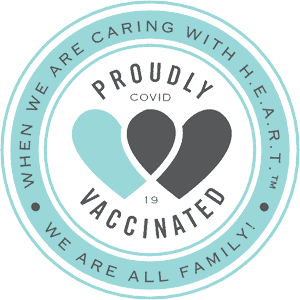
 Schedule a Tour Today!
Schedule a Tour Today!